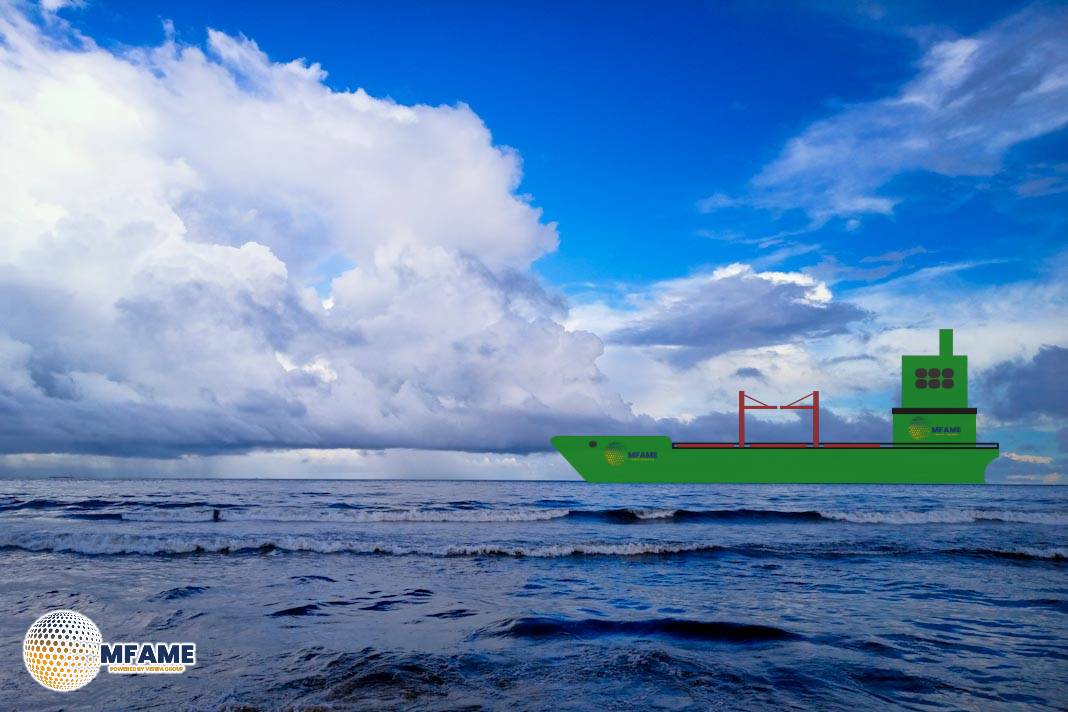The February 2025 edition of Britannia P&I Club’s “Risk Watch” highlights the advantages of electronic record books under the Ballast Water Management (BWM) Convention. These digital systems offer clear benefits over traditional paper-based methods, including improved efficiency, accuracy, and ease of data retrieval. The article emphasizes that adopting electronic record books can streamline compliance with BWM requirements, reduce administrative burdens, and enhance overall operational effectiveness for maritime operators.
The process of trimming is important for many reasons
- Ship stability: At sea, the ship and cargo will be subject to longitudinal and lateral forces. If the cargo piles collapse to one side, this can affect overall stability of the vessel due to the shift of weight and could endanger it.
- Minimising air in the cargo: Effective trimming will minimise the volume of air entering the cargo. The greater the amount of air within the cargo, the more likely it will be to self-heat, if relevant, such as for various Group B cargoes
- Weight distribution: To ensure an even weight distribution across the tank top with respect to tank top weight limitations. In practice this means spreading the cargo as widely as practicable to the boundary of the cargo space to prevent excessive loading on the tank top (or tween deck if applicable).
- Regulatory compliance: Trimming may be required by regulation, such as the requirements within the International Maritime Solid Bulk Cargoes (IMSBC) code or the Grain code.
- Efficiency in discharging: A properly trimmed level cargo will generally make unloading operations more efficient and reduces the likelihood of uncontrolled shifting during discharging operations.
Did you subscribe to our daily Newsletter?
It’s Free Click here to Subscribe!
Source: Britannia P&I Club

















